 Welcome the second instalment of my Travel Spot covering my current trip to Atlanta, Georgia, and Portland, Maine, which began on Monday last week when I flew to Atlanta, travelling in World Traveller Plus (premium economy to you and me) with British Airways. Coincidentally, this (8th November) was the very first day that the USA eased its restrictions, finally allowing vaccinated passengers from around 30 countries, including the UK, to travel to America. As a result, I dedicated the first post in this series to all the procedures I had to go through and all the (electronic) paperwork I had to fill out before I could take my flight.
Welcome the second instalment of my Travel Spot covering my current trip to Atlanta, Georgia, and Portland, Maine, which began on Monday last week when I flew to Atlanta, travelling in World Traveller Plus (premium economy to you and me) with British Airways. Coincidentally, this (8th November) was the very first day that the USA eased its restrictions, finally allowing vaccinated passengers from around 30 countries, including the UK, to travel to America. As a result, I dedicated the first post in this series to all the procedures I had to go through and all the (electronic) paperwork I had to fill out before I could take my flight.
This post is more traditional, covering my flight out, which departed from London Heathrow in mid-afternoon, arriving in Atlanta’s Hartsfield-Jackson airport in the early evening. This is the third time that I’ve flown to/from Hartsfield-Jackson, having made a pair of visits at the start of 2020, one enroute from Phoenix to Portland (Maine) and the second when I flew from Atlanta to Chicago in March 2020. However, this is the first time that I’ve flown into Terminal I, which handles all Atlanta’s international flights, my previous three flights all being internal.
Since this is a very long post, I’ve split it into the following sections:
- Getting to the Airport
- Heathrow Terminal 5
- First Class Lounge
- Getting to the Gate
- Takeoff
- The World Traveller Plus Cabin
- My World Traveller Plus Seat
- The Flight
- Making Coffee on the Plane
- Arrival at Atlanta
You can see how I got on, starting with a quick rundown of the RailAir coach, after the gallery.
In the three years I was travelling before the COVID-19 pandemic, I was spoilt rotten, with work picking up the tab for things like taxis to the airport. Now, left to my own devices, I decided to take the RailAir coach, which these days runs from Guildford Station all the way to Heathrow. Back in the day, getting to Heathrow by public transport involved taking the train to Woking, then catching the RailAir coach, which ran from Woking Station.
When Guildford got its own RailAir coach in July 2019, it ran in parallel with the one from Woking. However, since the start of 2020, the two services have been combined, with the Guildford service now calling at Woking Station on its way to Heathrow. This adds quite a bit to the journey time, but makes sense from the point of view of the coach operator since neither coach was exactly full. The coach itself is lovely, with a handful of table seats, free Wifi and at-seat USB power (and, at the table seats, wireless charging). And, since it’s almost always empty, you are spoilt for choice when it comes to picking your seat.
I’ve used the Guildford RailAir coach a handful of times in recent years, always buying my ticket on board. However, it’s cheaper buying ahead of time, which is what I tried to do on Sunday evening. Well, I say Sunday evening, but it was just gone midnight and therefore technically it was Monday morning, which might explain why the RailAir website wouldn’t let me buy a ticket.
Instead, I downloaded the app and used that instead. Although I was initially annoyed to have yet another app on my phone, I have to say it worked perfectly and I think I’m a convert. The only thing you have to watch out for is ticket activation. You can buy the ticket without specify a travel date, instead activating it before use, which is a great idea. However, the ticket expires in exactly one hour, so don’t activate it until you’re ready to get onboard the coach, just in case it doesn’t turn up (when you’ll find yourself with a useless ticket).
The RailAir coach runs hourly from 05:00 to 21:00, departing on the hour from outside Guildford station (there’s also a super early 03:30 departure). With a scheduled journey time of 55 minutes to Terminal 5 and with my flight departing at 14:40, I decided to play it safe and catch the 11:00, which would give me almost three hours at the airport. Normally I’d never go that early, but with repeated warnings from British Airways that the airport was going to be very busy, plus the possibility of the coach being delayed, I decided that the 12:00 departure would be cutting it a little fine.
You can see how I got on during the journey after the gallery.
As it was, I got to the station just before 11:00 and the coach arrived just after 11:00, delayed by Guildford’s notoriously bad traffic and the roadworks just outside the station. On the plus side, there were only five passengers, myself included, which resulted in a pretty quick turnaround. Within five minutes, we were on our way.
The sensible route from the station is to head straight up to the A25 and its junction with the A3. In the days before the two routes were combined, the coach could go straight onto the A3 and up to the M25. However, that’s not what the RailAir coach does. Instead, it goes around the back of the station and up past the Cathedral where there’s a stop on The Chase (ostensibly for the University of Surrey).
In the handful of times that I’ve taken the coach, I’ve only ever seen one person use that stop, but it adds a good ten minutes to the journey time, even when the going is good. From there, the coach joins the A3 at the junction by the Cathedral, from where it used to go straight along to the M25. However, because it now has to go via Woking, it leaves the A3 almost immediately, at the A25 junction, so it can take the A320 to Woking!
If it went straight to Woking from Guildford Station, I reckon it would take five minutes to get to the A320. Instead, with all the traffic, it took us 20 minutes, which, coupled with the slight delay in leaving, meant that I was really glad I’d decided to catch the 11:00! From there, we made good time to Woking Station, although we were still 15 minutes behind schedule once we’d picked up the solitary passenger who’d joined us. From there, it was a pretty straightforward drive out to the M25 and onward to Terminal 5, where we arrived 15 minutes late (although still 2½ hours before my flight was due to leave).
You can see how I got on at Terminal 5 after the gallery.
As I mentioned at the start of this Travel Spot, I’ve been spoilt rotten when it comes to travelling over the last few years. One of the perks of all the flying I’ve done for work is that I have Gold Status with British Airways. This means that regardless of which class I fly (and this time I was in World Traveller Plus), I’m treated as if I’m flying First Class right up to the moment I take my seat. This means things like First Class lounge access and, even better, I can use its dedicated check-in area at the far end of Terminal 5.
I’ve made use of the dedicated check-in area a few times now, but on this occasion, it really came into its own, since Terminal 5 was busier than I’ve ever seen it. There were large queues for World Traveller (which is where I would have ended up had it not been for my Gold Status) and the queues for Club World (business class) were almost as bad. Meanwhile, Iberia, which had its own dedicated check-in area, had the worst queues of the lot, and this was with every check-in desk open and staffed.
It was, of course, the first day that the majority of people had been allowed to fly to the US. Not only did this dramatically increase the number of people who were flying, but, as I discussed in my previous post, everyone had to have their documents checked, including their COVID-19 vaccination certificates and negative test results, regardless of whether they’d checked in online. The days of just scanning your boarding pass at bag drop feel like a distant memory!
Even the dedicated First Class check-in had a queue, which stretched out of the door and wound a short way along the wall. Previously, including when I flew to Iceland in July, I would just walk in, straight to a check-in desk. This time, it took me 20 minutes from joining the back of the queue to standing in front of a check-in desk, although this was nothing compared to the delays elsewhere in the terminal.
The good news is that from this point on, everything went very smoothly. I showed my passport and dropped off my bag just like I normally do. The agent asked me if I was using the VeriFLY app, I said yes, showed my VeriFLY pass and that was it. Although it probably only saved me a couple of minutes compared to checking the documents individually, if you multiply that across every passenger going through check-in, it saves a huge amount of time, cutting down on the queues, so I can see why everyone was pushing it.
From reaching the desk, check-in took under three minutes, then I was off to security, where a dedicated pair of lanes lead directly to the back of the First Class lounge. Ten minutes later, I was through, in the lounge and looking for seat.
You can see whether I found one after the gallery.
I wrote about the changes to the First Class lounge due to the COVID-19 pandemic when I flew to Iceland in July, so I won’t repeat myself here. The operation of the lounge was very similar this time around, the main difference being how busy it was. When I flew in July, the lounge was very quiet, with just a handful of passengers. This time around, it was practically full, with every seat was taken.
Partly this was due to the increased number of passengers and, of course, people were spending longer in the lounge, having been encouraged to come to the airport extra early. In my case, I spent almost 1½ hours in the lounge, whereas in the past I might have arrived at the airport 1½ hours before my flight!
Unfortunately, the COVID-19 precautions didn’t help. When I say every seat was taken, what I really mean is that every pair or group of seats had someone sitting there. Whereas before I’d have sat down next to someone in a pair of seats, this was no longer possible, so the lounge capacity was at least 50% down on pre-pandemic levels.
It took me a while, but eventually I did find a seat and settled down to order something to eat. Since the start of the COVID-19 pandemic, British Airways has withdrawn its buffet service, instead requiring you to order on-line (although if you can’t get it to work, you can flag down one of the many staff and give your order to them). This gives you access to a range of made-to-order items which are then brought to your table. The only difference from July is coffee. Back then, you could order that online as well. Now you have to go to the machines, where a member of staff will take your order and press the buttons for you.
I was very tempted by something substantial for lunch, but I knew that I’d get a main meal on the plane a couple of hours later (and generally be fed throughout the flight), so I settled for the light option of a sandwich and a glass of water. I also went up to the coffee machines and ordered a Union-roasted cappuccino.
I always think that I’ll have ages in the lounge, but by the time I’d found a seat, ordered, got my coffee, eaten my sandwich and done a few bits and pieces on my computer, it was approaching two o’clock and time to head down to the gate.
You can see how I got on after the gallery.
Over many years of flying from Heathrow Terminal 5, I’ve noticed a distinct pattern. Short-haul flights, usually served by British Airways’ Airbus A319/320/321 fleet (such as my flight to Iceland) leave from the A Gates, which are attached to the main terminal block. In contrast, long-haul flights, which are served by the larger Boeing 777, Boeing 787 and Airbus A380 fleets, depart from the B and C Gates, which are in two satellite blocks, connected to the main block by a short underground transit.
There are exceptions, of course, but this was not one of them, my flight leaving from Gate B44 at 14:40. Aware of the extra time required for the train, plus not wanting to cut it too fine, I set off from the lounge at 13:50, with the departure boards showing “Go to Gate”. The train is accessed via a long escalator that descends from the middle of the main block, a couple of minutes’ walk from the lounge. In all my time travelling from Terminal 5, I’ve never had to wait more than a few minutes for the train, while it only takes a minute to get to the B Gates, so by 14:00, I was ascending two flights of escalators to the top of the B Gate block, where I arrived at the gate just as the flight was being called for boarding, starting with Group 1 passengers (which on this flight meant Gold Status holders like me).
Feeling suitable smug from my excellent (fortuitous) timing, I went straight to the boarding gates where my passport was checked (and I was asked if I was using the VeriFLY app, but didn’t have to show my pass). From there, it was straight out to the plane where, despite not being the first to board, there wasn’t the usual queue on the air bridge.
I was flying on a Boeing 787-800, the shorter version of the 787, which British Airways has configured with two small Club World (business) cabins at the front, followed by an equally small World Traveller Plus (premium economy) cabin, which is where I was located, at the front in a bulkhead seat by the aisle. Finally, the bulk of the plane is taken up with a pair of World Traveller (economy) cabins at the back. Unsurprisingly, the flight was really full, with pretty much every seat taken (of the 25 seats in World Traveller Plus, just two were empty).
I was on the plane by 14:10, but it was another twenty minutes before the pilot announced that boarding was complete 14:30. The cabin crew came around our cabin with a welcome drink and then we sat at the gate and waited. And waited. 14:40 came and went and it wasn’t until 14:55 that the pilot announced that we were ready for push back, at which point the safety briefing began.
Before COVID-19, this was a video, but since the pandemic began, all the safety briefings have been manual, which led to an interesting quirk. Since the seats in Club World face both forwards and backwards, and because Club World is split over two cabins, eight staff are required for the safety briefing (two at the front, one for each aisle, and two for the back in each section). And because there weren’t enough cabin crew to do all of Club Word, our cabin and the two World Traveller cabins at the same time, the safety briefing was done twice, which is a first for me.
Finally, at 15:05, we pushed back, spending the customary five minutes sitting on the tarmac between the B and C blocks doing engine and flap checks before we were finally on our way.
You can see how the flight went after the gallery.
After our five minutes on the tarmac, we finally set off at 15:10, approximately half an hour behind schedule. We were taking off on the north runway, and, as is often the case at Heathrow, due to prevailing winds, we took off heading west. Since Terminal 5 is at the eastern end of the airport, that meant the usual game of taxiing the length of the airport to the far end of the runway, something I haven’t missed!
In fairness, this was a pretty smooth taxi. We were continuously moving, with a constant stream of aircraft taking off to our left. I, meanwhile, was sitting on the right, watching the terminals and maintenance buildings go by. After 10 minutes, we were at the end of the runway, which sounds a long time, but is relatively quick for Heathrow (I’ve spent 30 minutes taxiing for takeoff before now).
We had to wait for an American Airlines flight to go ahead of us, then it was our turn. We swung onto the runway and, at 15:22, we were in the air, straight into a low covering of cloud, where we experienced some slight turbulence. However, with 15 seconds, we emerged nto the sunshine above the clouds. At 15:25, the cabin crew drew the curtains between World Traveller Plus and Club World and at 15:30, the seat-belt signs came off. We were on our way!
British Airways likes to start its service on long-haul flights as quickly as it can, so at 15:40, before we’d even cleared the South Wales coast, the drinks trolley was out. Although World Traveller Plus has its own menu, it’s served by the same trolleys that serve World Traveller. These start at the front of World Traveller Plus, and work their way back, so how quickly you’re served depends on where in the cabins you’re sitting. Since I was right at the front of World Traveller Plus, I got my pretzels and choice of drinks from the trolley (sparkling water) at 15:40.
By 16:10 we were flying over Galway and preparing to head out over the Atlantic, while the trolleys were still working their way through World Traveller, having reached the back of the second cabin. It was another 40 minutes before dinner arrived, over 1½ hours into the flight. Unlike Club World, where the various courses are served separately, in World Traveller Plus you still get your meal on a single tray, although it is a cut above standard World Traveller fare, with neat features such as proper metal cutlery.
I had a pre-ordered vegetarian meal, which was a very tasty rigatoni in sun-dried tomato sauce, along with a salad and a slice of apple pie for dessert. I decided to try the coffee, which was pretty good, even though British Airways isn’t serving its Union Hand-roasted coffee in World Traveller and World Traveller Plus. It was a nicely-rounded coffee, with a touch of sweetness (and none of the bitterness you sometimes get with bad airline coffee). It probably helped that it was the first batch on the flight and fresh from the brewer.
You can read about the rest of the flight after I’ve told you about the World Traveller Plus cabin and my seat.
This was the fourth time I’d flown in premium economy and the third time with British Airways in World Traveller Plus (the other time was returning from Boston with Virgin Atlantic in 2019). My first World Traveller Plus experience was back in 2014 in my pre-Travel Spot days, when I was unexpectedly upgraded to World Traveller Plus on my way back from New York (coincidentally, also on a Boeing 787-800). I’d also flown in World Traveller Plus at the start of 2020, on my way back from Boston, something I would repeat on my way home at the end of this trip (in an earlier version of this Travel Spot I had inexplicably forgotten that last flight, thinking that I’d flown back in World Traveller).
The 787-800 is a fairly small long-haul aircraft, which British Airways configures with two small Club World (business class) cabins at the front, with a galley in between. The first holds three rows of seats and is to your left as you enter, while the other is smaller, with just two rows (and seven seats per row). You pass through this on your way to an equally small World Traveller Plus cabin (which is where I was) and the two World Traveller (economy) cabins at the back.
In comparison to World Traveller, where you are crammed in with a 3-3-3 seating configuration (and consequently rather narrow seats), World Traveller Plus is 2-3-2. The rows are also offset, with the middle row of three seats being set slightly back from the sets of two in either side. As a result, there are only three rows of three seats in the middle, while there are four rows of two down either side (check out the seat map if that made no sense!).
Part of my reason for booking well in advance of the announcement of travel restrictions being eased was to ensure that I got a good seat, since ending up in the middle seat of the middle set of three is no fun! As it was, I got my preferred seat, 10J, which is at the front, by the bulkhead, and on the aisle.
One of my minor niggles about the 787-800 is the comparative lack of toilets. World Traveller Plus shares the toilets with the World Traveller cabins, which is a total of 179 passengers if full, for whom there are just four toilets. Three of these are in the middle of the plane, between the two World Traveller cabins, with the fourth right at the back by the galley. The only positive is that they are (for economy toilets) quite spacious.
You can see what I made of my seat after the gallery.
The seat was very comfortable and just wide enough for me to fit in with a finger width of space on either side. Seat Guru says that they are about 2.5 cm wider than the World Traveller seats, which doesn’t sound much, but makes all the difference. I still think that I would struggle to use my laptop in a regular seat, particularly if the person in front decided to recline their seat, but that wasn’t an issue with my bulkhead seat.
I’ve had seats with more legroom (usually exit rows where the seat is opposite the cabin crew jump seats), but this was more than adequate. If I stretched out, I could just touch the bulkhead with my toes, which meant that I could get things out of the magazine rack at the front without having to leave my seat. This was useful since I could use it for storage and didn’t have to keep getting up to fetch things from the overhead locker (the usual problem with exit row seats).
These days, most of the modern aircraft have at-seat power, and this was no exception. I had two dedicated USB outlets on the outside of my seat, at the bottom of the armrest (in the other seats, these are beneath the TV in the back of the seat in front), while I shared two AC power outlets with my neighbour, located at the bottom of the central armrest between the two seats. Both were pretty accessible, and I had no problem being able to plug my laptop and phone in (which isn’t always the case). There was also a footrest under my seat, but I never worked out how to use it (although I rarely use footrests, so I don’t think that I missed out).
Being a bulkhead seat, the table and TV were in the armrests rather than in the back of the (non-existent) seat in front, while there’s a small area at the front of the shared armrests which can be used for drinks, etc. As an added bonus, since these are bulkhead seats, which are used for families travelling with babies, there is fold-out table in the bulkhead, which is meant for a cot, but which we could use as an extra space to put trays, etc, once we’d finished with them, which was incredibly handy.
The table itself folds out in a standard manner from the armrest on the right, lifting up and forward, then hinging down to left to form a half-width table, which you can fold out again for the full-size table. This was reasonably stable, certainly big enough for my (small) laptop, and I could get decent forward and backward motion (by pretty much the depth of the table). This meant that I could find a comfortable typing position, but because the left-hand side of the table isn’t supported, there was a little bit of bounce when typing.
The TV is in the left-hand armrest and was slightly more tricky, since to lift it out, you need to press a latch on the arm of TV which took me ages to work out! The TV lifts up, then pivots to the right and has a good range of movement, being able to pivot left and right, as well as tilt it up and down. However, there’s no way of moving it back or forward which meant that I couldn’t use it (for example, to keep an eye on the map) while I had my laptop out. The TV had both touchscreen controls and a remote control, which is (counter-intuitively) stowed in the other armrest.
You can read about the rest of the flight after the gallery.
One of the conditions of flying during the COVID-19 pandemic is that you have to wear a mask and I was pleased to see that everyone was taking this seriously, wearing their masks at all times. Even when people were eating, they were removing their masks for the minimum amount of time, then putting them back on.
When I flew to Iceland in July, I wore one of my reusable cloth masks, but since I would be on the this flight for nine hours, I had bought some disposable FFP3 masks, the first time I’d used them. To my surprise, they worked really well, proving to be a far better fit than my cloth masks and much more comfortable. I wore a cloth mask while I was in Heathrow, before switching to one of the FFP3 masks when I boarded the flight. I wore this for the first five hours of the flight, then switched to a second FFP3 mask for the rest of the flight, keeping it on until I left the airport in Atlanta.
I had finished my dinner by 17:20, two hours into the flight, after which I settled down to write some of the notes for this Coffee Spot. Since I was served first, I’d finished my dinner long before everyone else. When the service was completed and everything cleared away, the cabin crew put the lights out in the World Traveller Plus cabin. Even though it was 18:00, it was still light outside, a sign of how far west we’d already flown.
I had intended to do more writing, but I hit a wall at around 18:30 and had a 45-minute nap instead. When I woke up, it was still light outside, a consequence of flying west at the end of the day, where you are effectively chasing the setting sun, resulting in a prolonged and often beautiful sunset.
It was still light outside at 20:20 when we reached Canada and the other side of the Atlantic, my cue to go snack hunting in the galley at the back of the plane. I returned with some biscuits, by which point, we were more than half way to Atlanta, but still had over 3½ hours to go. I did some more writing, then, after about an hour, I went to make coffee.
You can see how I got on after the gallery.
Over the years, I’ve honed my coffee-making on planes, pre-weighing my beans before the flight, using my Aergrind hand-grinder and making the coffee in my Travel Press. The only missing ingredient is hot water, which I collect from the galley. I used to use my metal jug for this, but some cabin crew have been (understandably) reluctant to let me have an open container of hot water.
This time, I hit on the idea of using my new Frank Green Ceramic Cup which I’d bought a year earlier. It’s thermally insulated and has a screw on top, so it was perfect for the job, plus I could drink my coffee from it once I’d finished brewing. Having collected my hot water, I retired to one of the toilets to grind my beans and make my coffee, before returning to my seat, where I found that that the sunset had finally come to an end.
By this point, we were over Portland in Maine, my ultimate destination (although I wouldn’t get there for another three days). There were still 2½ hours to go, a reminder of how far south Atlanta is. The rest of the flight passed smoothly, although there was one final piece of catering: the end of flight snack, which came around at 22:40. This turned out to be a rather small and disappointing sandwich, although I appreciated the KitKat that came with it.
At 23:40, the seat-belt signs came on, signalling that it was time to pack everything away as we began our final approach. Since aircraft prefer to land into the wind, you’ll often approach an airport, fly past it, then circle round to come in on the correct flight path. However, at Atlanta we flew pretty much in a straight line from when we flew over Portland all the way down to Atlanta (a route Amanda and I drove in reverse a few days later, although it took us three days to cover the same ground!) before making a slight turn to come in heading almost due west. The pilot announced seats for landing at 23:50 and at almost midnight on the dot (19:00 local time), we landed at Atlanta.
Atlanta Hartsfield-Jackson is one of the busiest (if not the busiest) airport in the USA, so I was expecting a fairly long taxi to the gate and possibly some delays. As it was, I got my long taxi, but we were moving all the time and got to the gate in a relatively quick ten minutes. It’s often the case when you arrive early (we weren’t due in until 19:25, so were 15 minutes ahead of schedule) that you have to wait for the gate, but we went straight in, so all things considered (particularly since we left 30 minutes late) we did really well, with the air bridge being attached by 19:15.
You can see how I got on at the airport, where there was one final twist waiting for me, after the gallery.
Just as we did for my flights to and from Iceland in July, we were disembarked in small groups to avoid overcrowding in the terminal and to prevent passengers from bunching up in the aisles. Personally, I wish they would do this all the time, rather than the usual free-for-all that used to happen as soon as the seat-belt signs went off. First to leave was the forward Club World section, Rows 1 – 3 (all 21 people), then the rear Club World section, Rows 6– 7 (14 people). Next it was our turn in World Traveller Plus (Rows 10 – 13). By 19:20, I was off the plane and on my way to passport control, which is where things got interesting.
Passport control has always been something of a lottery in the US. I can remember waiting for over an hour at Chicago O’Hare in the past, although with the advent of electronic passport/customs terminals at some of the bigger airports, the situation was improving pre-COVID. As an example, the previous time I flew to America, in February 2020, it had taken just 10 minutes to clear passport control at Boston Logan. On the other hand, the time before that, when I flew to San Jose at the start of 2020, passport control took 30 minutes, largely because the airport didn’t have any electronic terminals and we were back to having everything checked by an official in a booth.
Since COVID-19, everything appears to have gone back to an official in the booth checking everything, although it’s worth noting that I didn’t see any electronic terminals. We just arrived into a large hall with a long row of booths on one side and massive queues on the other. Since this was my first time arriving from overseas at Atlanta, it’s possible that the airport, like San Jose, has yet to be equipped with electronic passport/customs terminals.
Regardless of the reasons, it wasn’t looking good. There was a very long queue which doubled back on itself five or six times. Non-US citizens were on one side and, to be fair, it looked just as bad on the other side for US citizens. I had a really bad feeling about the whole situation and let Amanda (who was waiting for me) know that I might be an hour or more in the queue.
From a COVID-19 perspective, it wasn’t great, since there was no attempt at distancing in the queue, but the good news is that it seemed to be moving quickly. I was also relieved that I’d been one of the first off the plane, since by the time I got towards the front of the queue, it was at least twice as long as it had been when I joined it!
It was hard to gauge how long it was taking each person to be checked, but previous experience suggested it was going to be a long time. Typically, you’d have your photo and fingerprints taken, plus you’d be asked a few questions while your passport was checked. And, of course, there was now the question of vaccination status and COVID-19 test result to be checked as well.
It’s hard to tell, but it felt like the queue speeded up as I got towards the front and I was surprised at how quickly I got to the front and was assigned a booth. I was even more surprised when, after handing over my passport and having my photo taken, the official asked me one question and then told me to go through. I didn’t even get a stamp in my passport!
I hope that this is a sign that American passport control has joined the 21st century and that my pre-flight checks rendered extensive entry checks unnecessary (which is the case coming into the UK). Another part of me is really worried about what will happen when I try to leave America at the end of the trip…
There was one more surprise. After collecting my rucksack, which was waiting for me on the baggage carrousel, I was able to walk straight out of the airport. On every previous trip, I’ve had to queue up to hand over my customs form, but this time there was no form and no queue. So, after all my fears, I strode out of International Arrivals at 19:50, just half an hour after getting of the plane, where I found Amanda waiting for me.
That concludes my first flight to America since the start of the COVID-19 pandemic. You can check out the trip’s Travel Spot page to see what else I got up to, which includes my flight back to the UK from Boston, again in World Traveller Plus (plus the shambles that was my Day 2 PCR test).
If you liked this post, please let me know by clicking the “Like” button. If you have a WordPress account and you don’t mind everyone knowing that you liked this post, you can use the “Like this” button right at the bottom instead. [bawlu_buttons]
Don’t forget that you can share this post with your friends using buttons below.


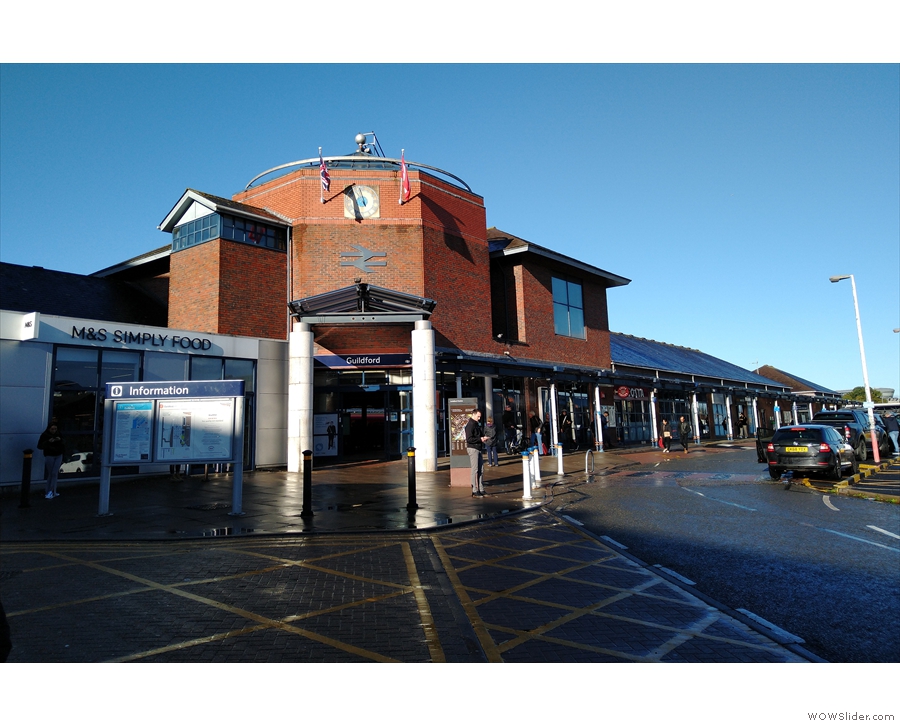










 1
1 2
2 3
3 4
4 5
5 6
6 7
7 8
8 9
9 10
10 11
11 12
12


















 1
1 2
2 3
3 4
4 5
5 6
6 7
7 8
8 9
9 10
10 11
11 12
12 13
13 14
14 15
15 16
16 17
17 18
18 19
19





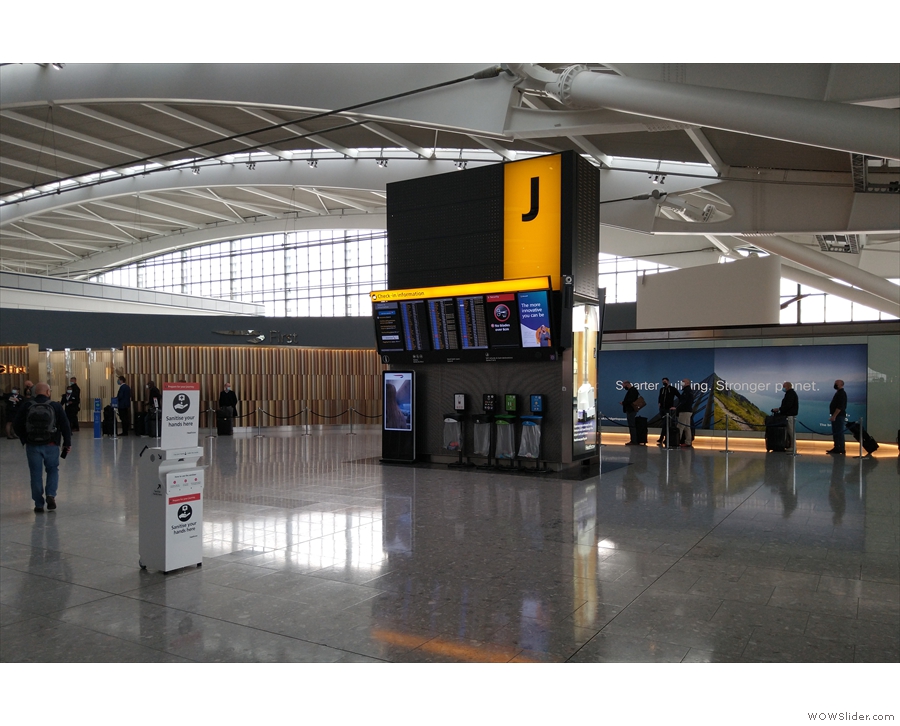




 1
1 2
2 3
3 4
4 5
5 6
6 7
7 8
8 9
9 10
10 11
11









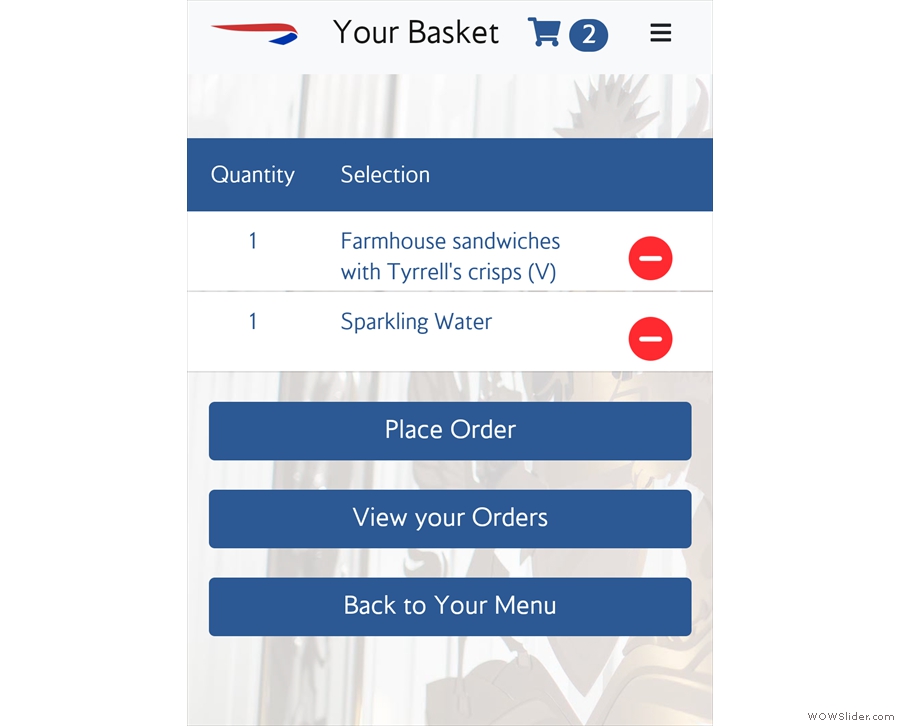






 1
1 2
2 3
3 4
4 5
5 6
6 7
7 8
8 9
9 10
10 11
11 12
12 13
13 14
14 15
15 16
16 17
17



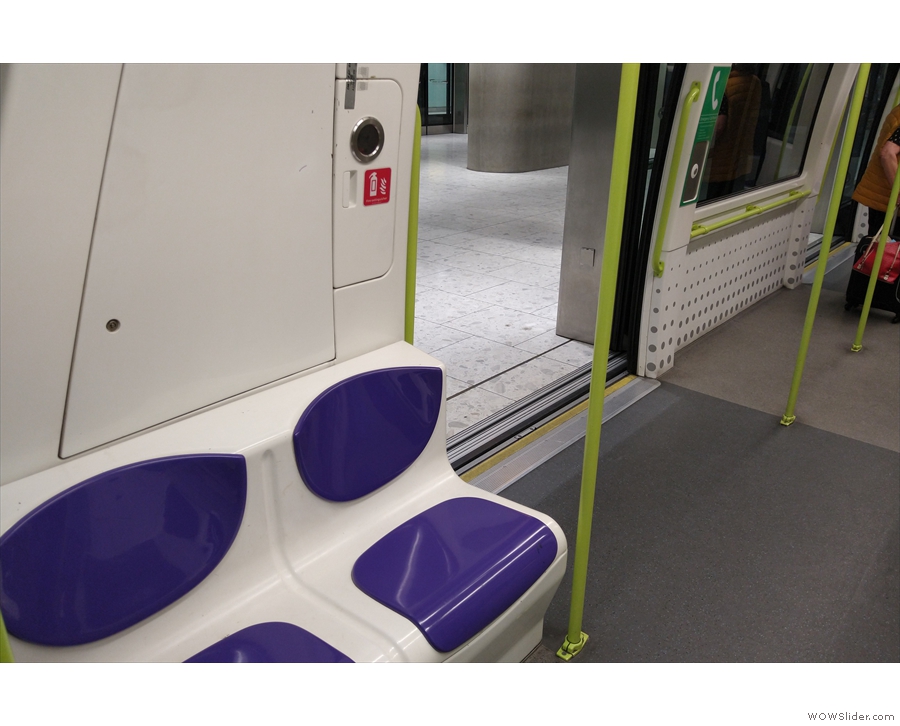





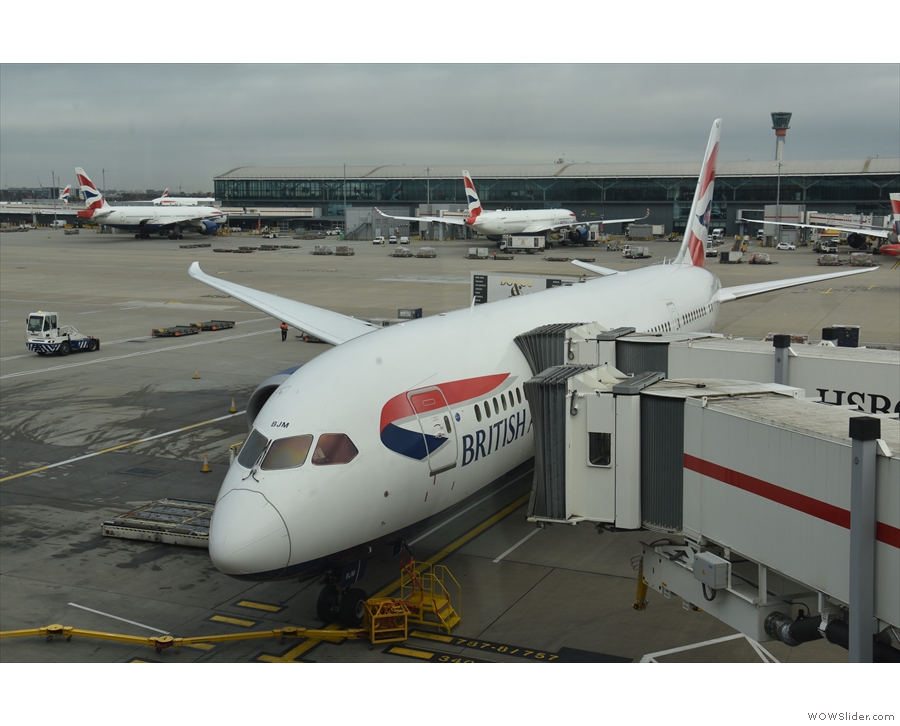






 1
1 2
2 3
3 4
4 5
5 6
6 7
7 8
8 9
9 10
10 11
11 12
12 13
13 14
14 15
15 16
16 17
17


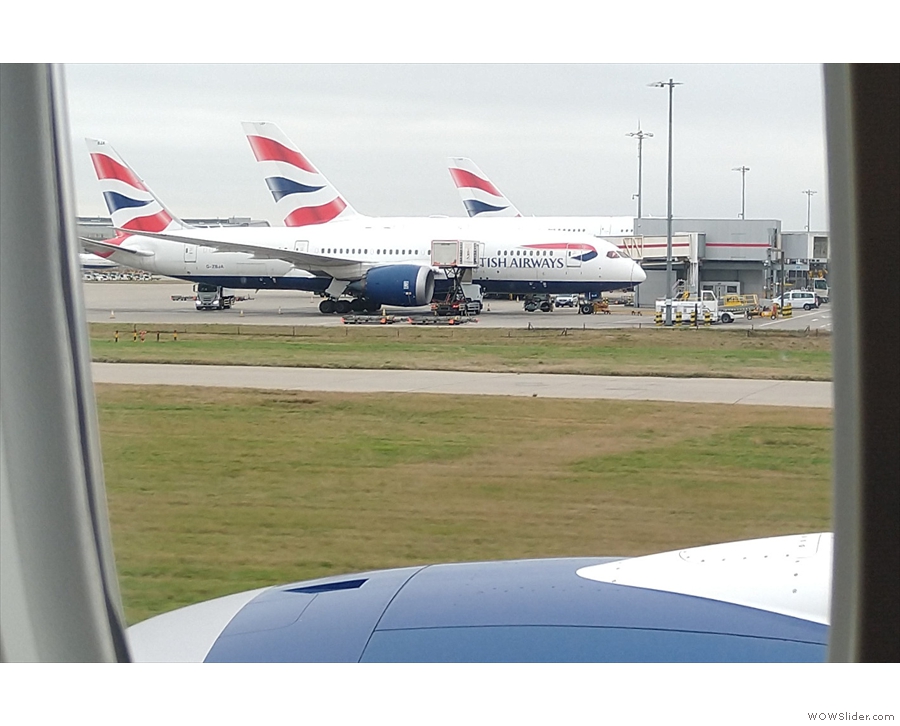

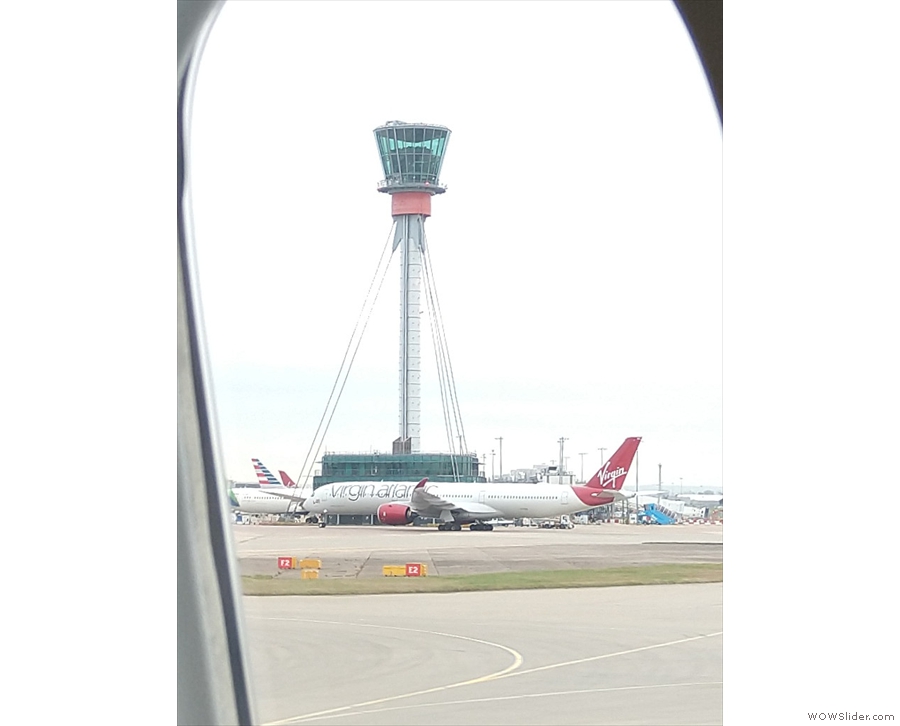



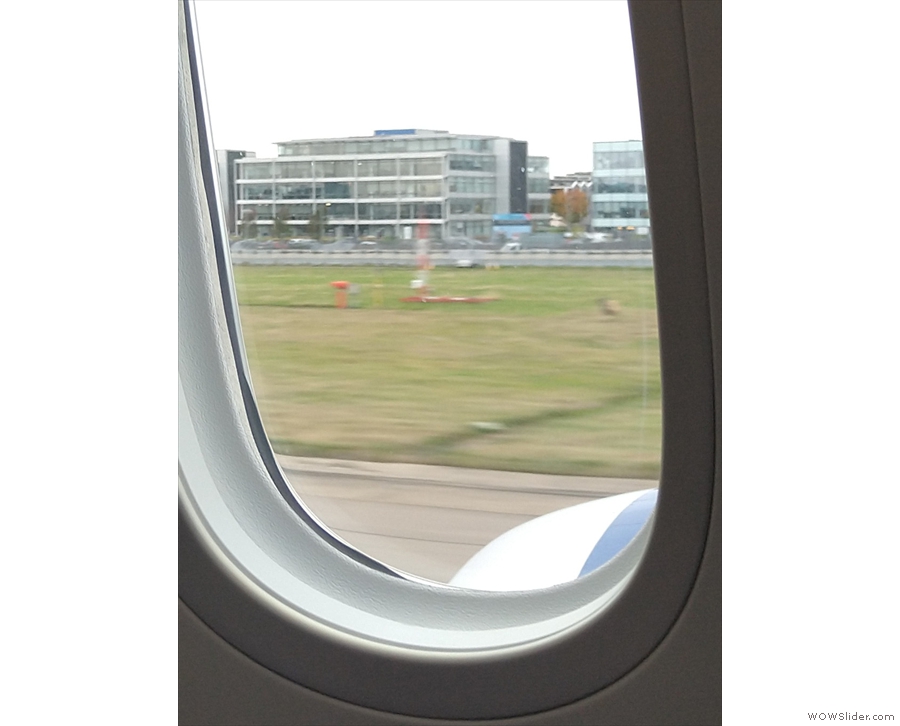

















 1
1 2
2 3
3 4
4 5
5 6
6 7
7 8
8 9
9 10
10 11
11 12
12 13
13 14
14 15
15 16
16 17
17 18
18 19
19 20
20 21
21 22
22 23
23 24
24 25
25 26
26 27
27




 1
1 2
2 3
3 4
4 5
5









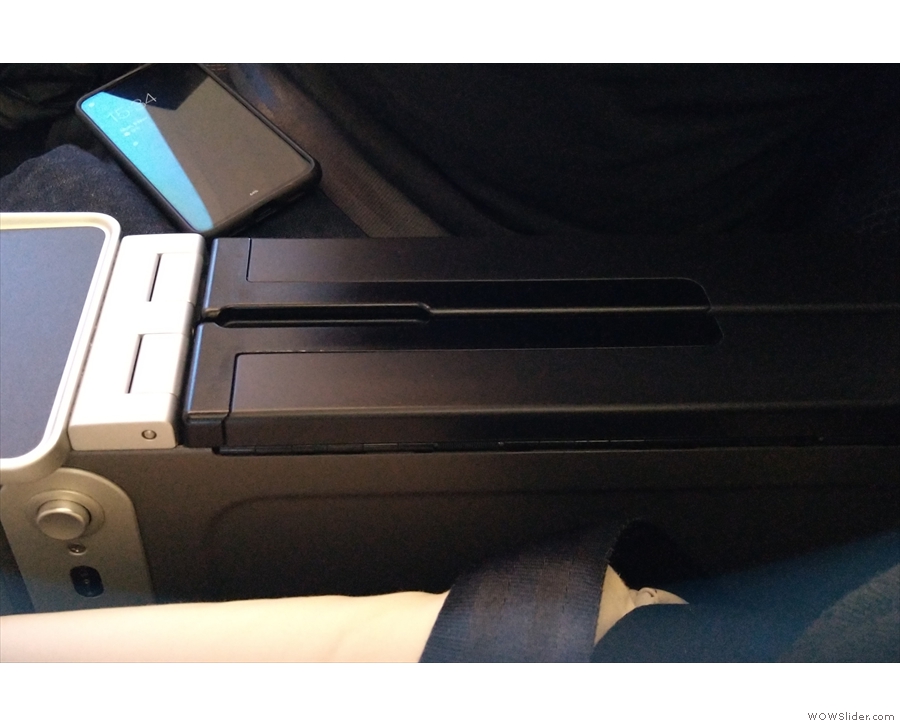





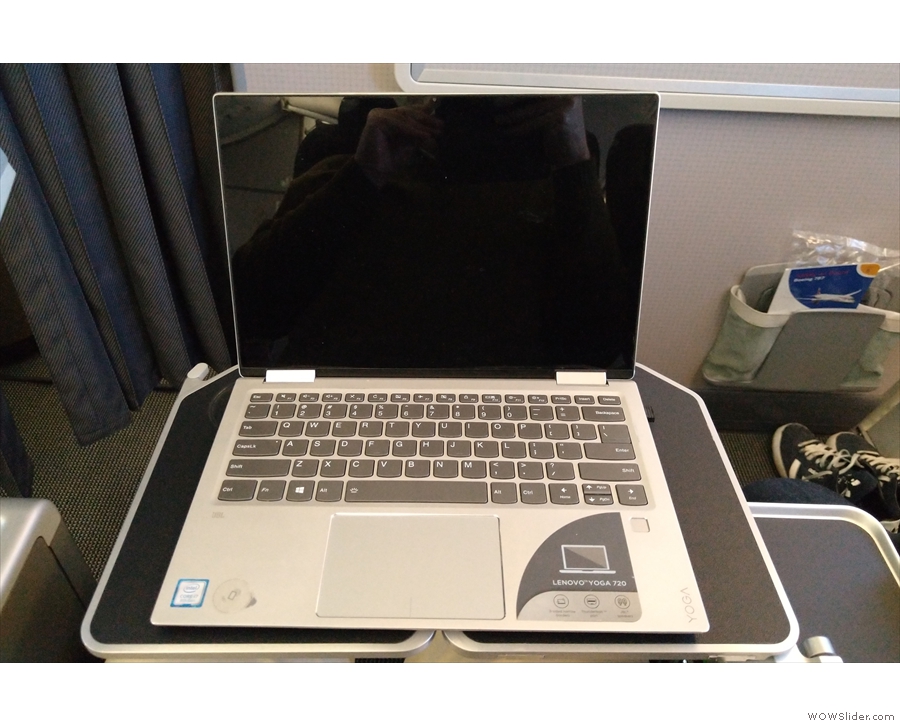







 1
1 2
2 3
3 4
4 5
5 6
6 7
7 8
8 9
9 10
10 11
11 12
12 13
13 14
14 15
15 16
16 17
17 18
18 19
19 20
20 21
21 22
22 23
23 24
24

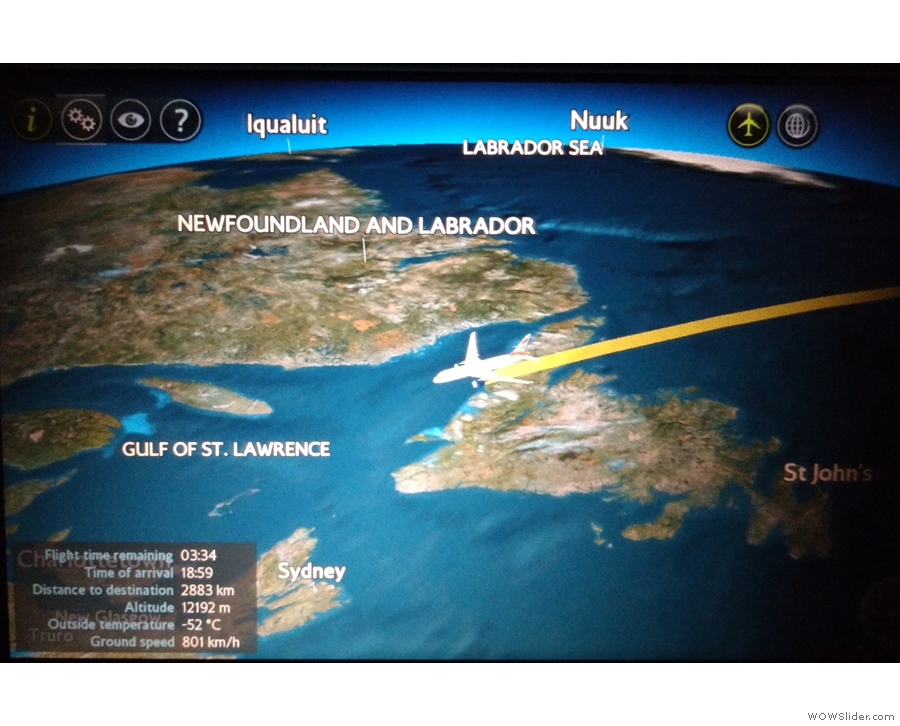

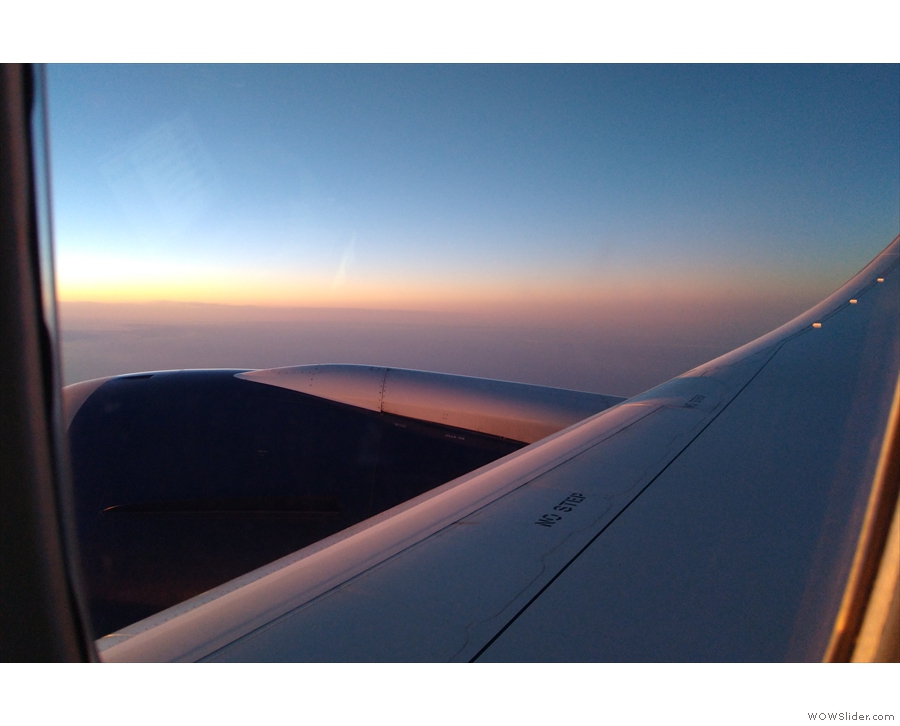

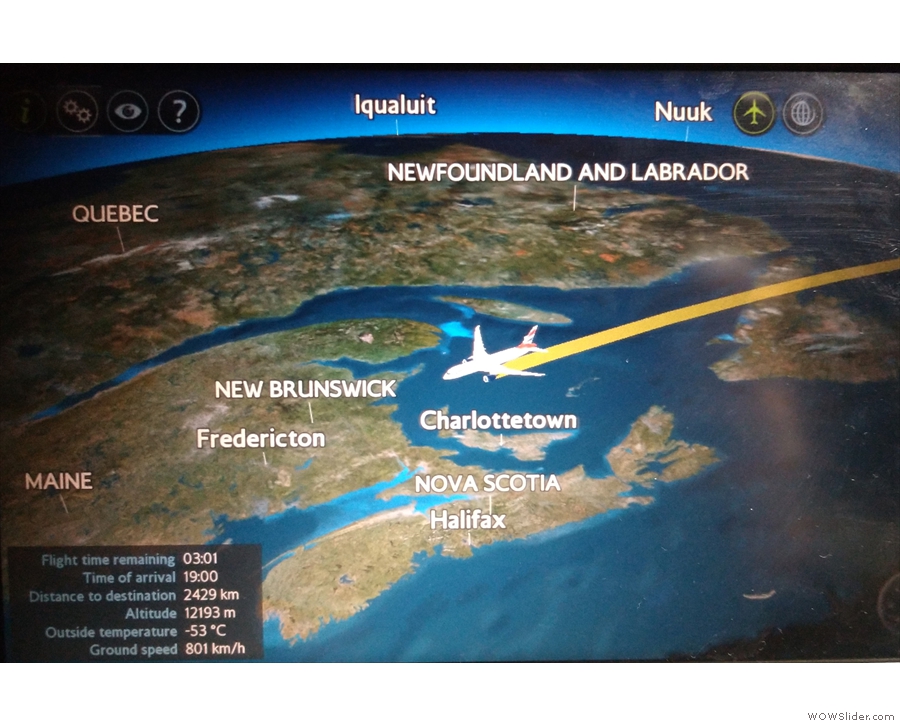
 1
1 2
2 3
3 4
4 5
5 6
6 7
7





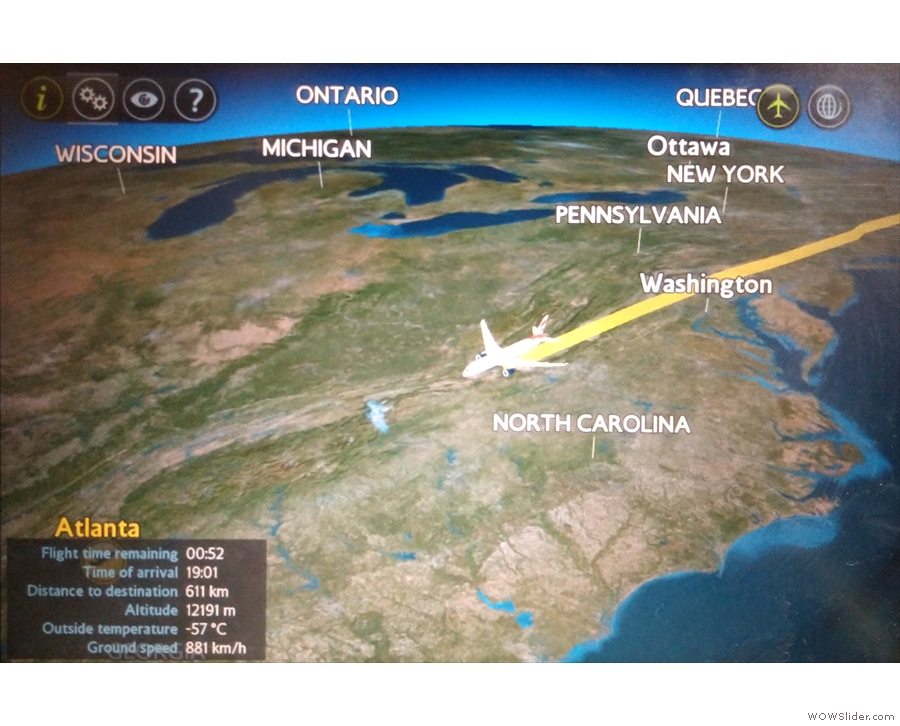


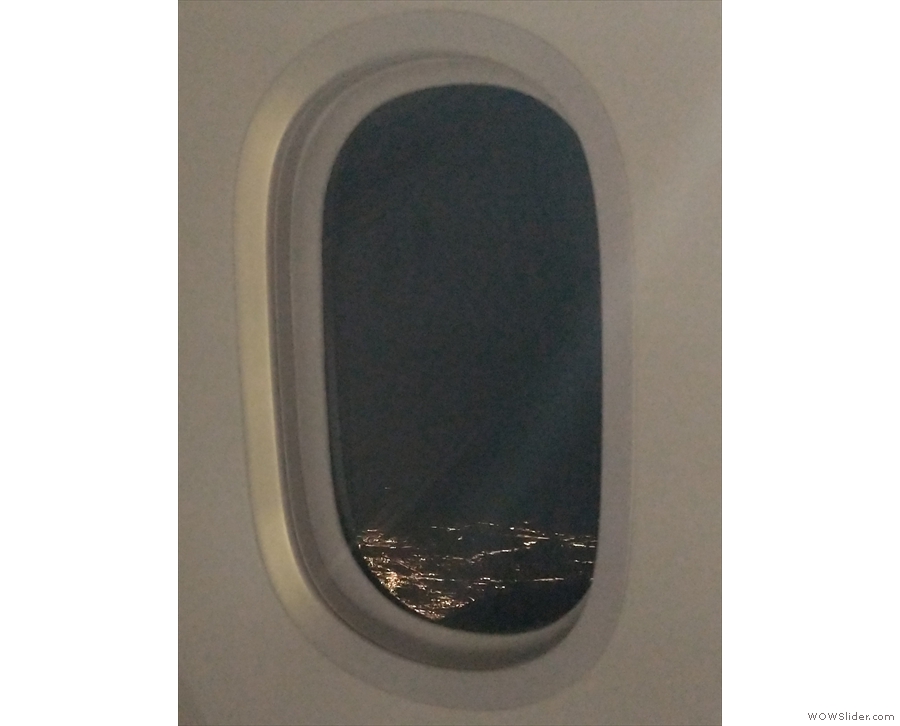
 1
1 2
2 3
3 4
4 5
5 6
6 7
7 8
8 9
9 10
10




 1
1 2
2 3
3 4
4 5
5
Pingback: Brian’s Travel Spot: Flying to America During the COVID-19 Pandemic | Brian's Coffee Spot
Pingback: The Roastery at Cobham | Brian's Coffee Spot
Pingback: The 2022 Coffee Spot Calendar | Brian's Coffee Spot
Pingback: Brian’s Travel Spot: Returning from Boston in Premium Economy | Brian's Coffee Spot
Pingback: Brian’s Travel Spot: First Time on Amtrak’s Acela Service | Brian's Coffee Spot
Pingback: Brian’s Travel Spot: Heading Home – Boston to London | Brian's Coffee Spot
Pingback: Brian’s Travel Spot: Flying to America (Again) During the COVID-19 Pandemic | Brian's Coffee Spot
Pingback: Brian’s Travel Spot: Back to Boston in Premium Economy | Brian's Coffee Spot
Pingback: Brian’s Travel Spot: Boston to Manchester via Heathrow | Brian's Coffee Spot
Pingback: Brian’s Travel Spot: Heathrow to Manchester | Brian's Coffee Spot
Pingback: Brian’s Travel Spot: Flying to Boston in Economy | Brian's Coffee Spot
Pingback: Brian’s Travel Spot: Return from Boston (Again) | Brian's Coffee Spot